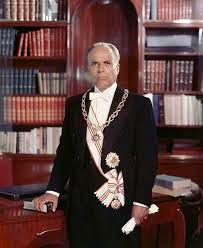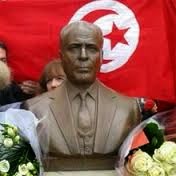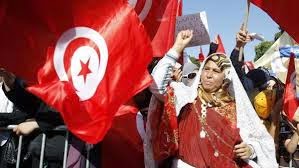Visit Tunisia :Caving in Tunisia
Caving in Tunisia is a relatively rare sport in the country. Caving emerged in the late 1970s and includes a limited number of practitioners. Tunisia has a number of sites suitable for the sport.
Cave Mine
The two massive caves Jebel Serj and Jebel Bargou are important
places for caving. They culminate respectively 1,309 and (m) 1,268 m and
are oriented southwest and northeast. The first of these is composed of
two parallel ridges separated by deep notch. All of the backbone is
formed by massive Aptian land whose limestone's reef summit are almost all of outcrops. The sides of the djebel are very pronounced, forming a safe fold structure.
The site is interesting, both from the ecological point of view and
that of archeology. There are sources emerging in wild vegetation and
Roman ruins such as the bridge Sidi Amara.
There are many caves, the most important step is the cave of El Kef
Biadh whose access is via a series of wells or galleries, most of which
come from mining. The first large room of 1,608 m long and 267 metres deep shelters concretions and huge boulders; its walls are covered with bushes of Eccentric. The hall ends with a diaclases
which opens a well. It measures about 150 metres long and 50 metres
wide. The vault is located some thirty metres above the ground.
It then goes to the second room that looks much like the previous one
with the presence of concretions and basins . This last room is closed
on a crack up to two metres above the ground. There is a significant
colony of bat.
The second room is over 200 meters long and 75 metres wide and has a
vault located about forty metres above the ground in places.
Cave Nefza
The cave Nefza
is an extension of the mine Ghanguet Kef at Jebel El Damous which
peaked at about 202 metres. The latter is formed by land dating from the
Cretaceous, the Eocene, and the Oligocene. At these sites are deposits of zinc and lead.
The cavity, with a total length of 310 metres and a height of 60
metres, contains a tectonic accident: its cross section shows a general
shape of a triangle with a straight wall western wall and a shaped
Eastern staircase reversed. A gallery of thirty metres, covered in
concentric circles and ovals, about eight metres above the ground, leads
to a first room that leads to two lanes of forty metres in length, at
different levels, leading to a large room in which there are two columns
of stalagmites. A narrow conduit leads to a third room containing
concretions and eccentrics. At this level, progress is blocked by a
narrow conduit.
Caves Joumine
The region of Joumine has land dating to the Triassic and Cretaceous. The caves in this area are located more precisely in the region Errouaha.
Access to the cave of El Blida is difficult: it is entered through a
narrow conduit that leads to a very small room leading into the main
room; the passage between these two rooms is made through a slope of
approximately 20°.
Access to the cave of Bou Touil is relatively easy: the entrance is
from a fairly broad which leads to narrow corridors on the left side. It
leads to a large room with good stalactites and stalagmites
and columns. A large, steep (about 45 ° to 50 °) corridor in the back
is ended by a narrow passage that stops the progression. This cave has
been subject to a thorough study, including petrography and mineralogy analysis performed on many samples.
Cave Ichkeul
The Ichkeul cave is located in the Jebel Ichkeul, located about twenty kilometres from the city of Bizerte in the National Park Ichkeul covering an area of 12,600 hectares including a lake of 8,500 hectares. Limestone, Dolomitic, and marble rocks date from Triassic and Jurassic and are located above a collapsed ditch.
The cave itself has a narrow entrance allowing access to a vast room
with large cracks along the length of the walls and showing several
cavities. The room is followed by a narrow corridor formed by the wall
and giant calcitic
concretions, which ends with a stack of 32 metres. On the sides of the
second room there are draperies, small stalactites and young
stalagmites. The cave is well lit and ventilated, and it has a diverse
wildlife, including bats, birds and reptiles.





























